Want to hold great discovery calls and get more clients?
If you’ve ever wondered how to hold a sales discovery call that doesn’t feel icky, salesy, or uncomfortable, look no further. Here’s how to do them in a way that feels good to you, while you grow your business with the right clients.

Ready to learn more? Here you go.
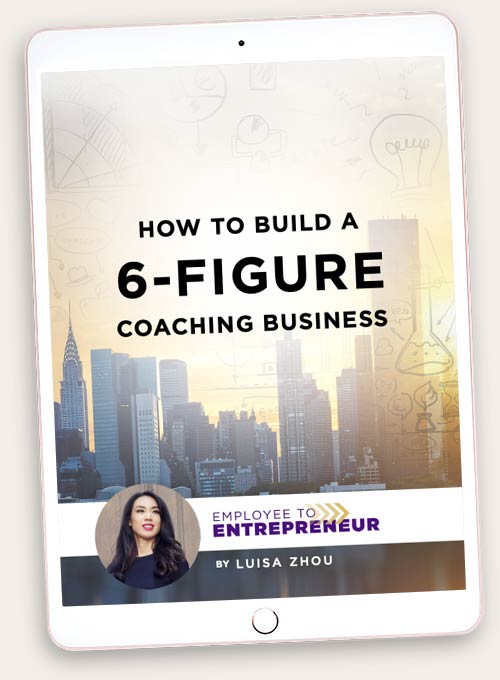
Want to Build a 6-Figure Coaching Business So You Can Achieve More Freedom?
Get Instant Access To My FREE Ultimate Guide Below!
When you sign up, you’ll also receive regular updates on building a successful online business.
What is a discovery call?
What is the purpose of a discovery coaching call?
In this short video, I explain exactly what a discovery call is and isn’t:
A discovery call is also known as a “sales call,” “strategy call,” or “breakthrough session” — those are some of the most common names. But no matter what name you use, it’s a conversation to see if you and your client are a good fit to work together (note that this goes both ways).
This is not a coaching offer where you offer something for free. This is a pure SALES call. You establish if you and a potential client should work together.
(It’s actually a disservice to give “free” coaching during a discovery call. Because the person you’re speaking with might think, “Oh wow, that was great, I’ll just go and try this myself” without realizing that they can’t get great results based on a 30-minute call.)
And most important of all… If you’re thinking, “Sales calls are scammy,” think again. They’re not and here’s why.
You’re not “persuading” people on your sales calls
I want to make it very clear:
A sales call is NOT about being scammy, salesy, or sleazy or persuading or convincing people.
Too often I hear “gurus” say, “Do this *trick* to persuade people” or “Say these psychologically persuasive words and get people to say yes.”
There’s no end to the studies that tell us that the “secret” to making sales is to make your offer exclusive or that you, as a salesperson, need to sell in the way your clients’ brains are wired.
But a sales call isn’t about trying to persuade anyone to work with you or “selling” them on your worth.
It’s actually about stepping into your role as a coach and coaching people on taking the right next step for them. (This might or might not mean that the investment is right for them.)
If you think about sales calls as a service and you come from a place of strong integrity, they can be non-pushy, transparent, and even fun!
And you must shift your thinking on this because you know what…
As an entrepreneur, your income depends on it.
The fact that you’re not trying to get people to work with you no matter what doesn’t mean that you’ll make fewer sales.
How do I know? I’ve sold over $1 million worth of my own coaching (plus, helped thousands of students sell their coaching offers).
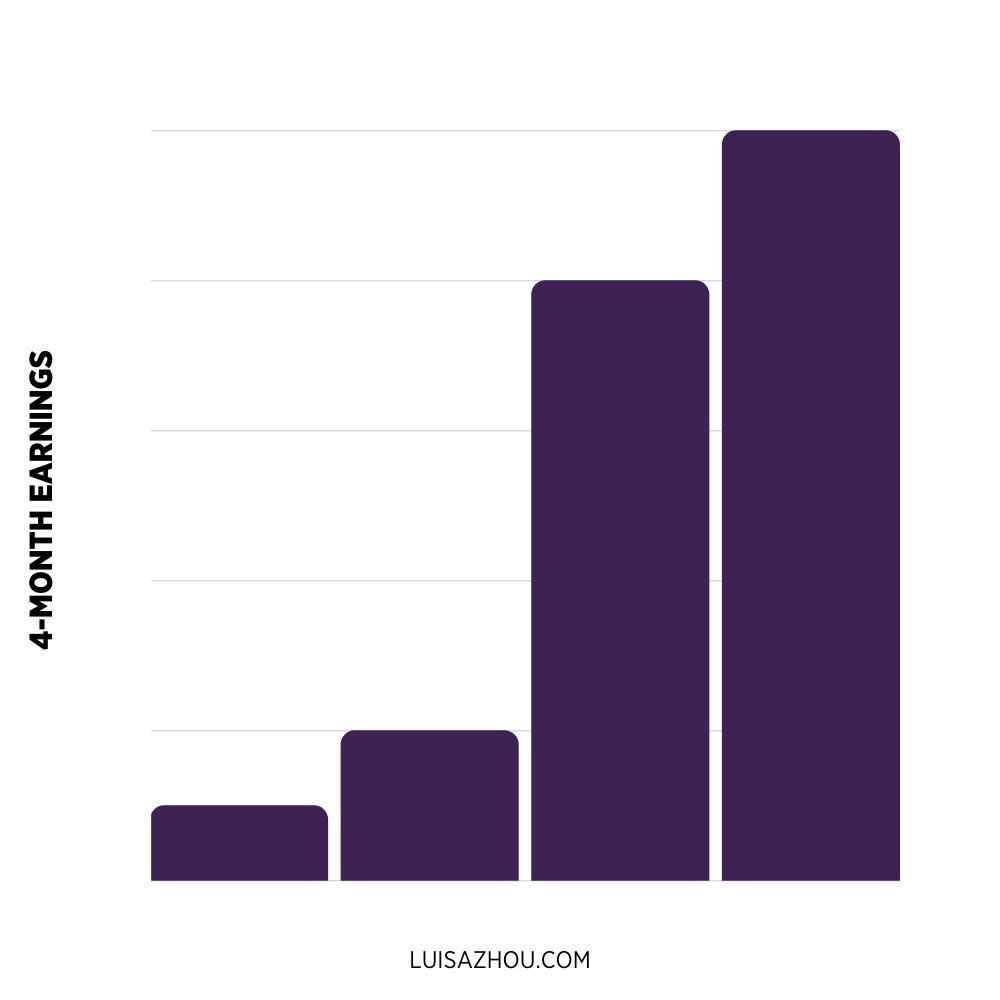
Ultimately, my approach to signing new clients is that if someone is ready to get started, great! And if they need a few days to discuss it with their partner or do their research, I’m fine with scheduling a follow-up call.
I will never use tactics that pressure people into buying from me — and that’s especially true when it comes to offers like coaching and consulting.
If someone isn’t a good fit for me to help, I’ll tell them that, too.
As you can see, this is a completely different approach than trying to use “tricks” to get people to buy at any cost.
You WILL get clients with consistent action
On your discovery calls, remember this:
There’s almost nothing new under the sun in business.
You’re offering something that thousands of people before you have successfully sold (with their own twist, in the same way that you’ve added YOUR twist).
There are, most likely, pretty established rules for marketing and sales in your industry, and getting your first or next client, as long as you take consistent action, is virtually inevitable.
That’s the confidence that will help you hold great coaching discovery calls:
The certainty that the right clients will come to you.
Step 1: How to book discovery calls
The first step to holding great discovery calls is to book them. (Makes sense, right?)
And look:
Most of the selling is done at this stage.
If you’ve positioned yourself in the right way, people who book a discovery call will either be extremely excited to start working with you OR they’ll be almost sold on your offer.
Yes, if you get someone who has just found you and decided to sign up for a discovery call, you will make some sales. But what will work and feel much better is to create content and build relationships before the call so that people are primed and ready.
My first ever discovery call was with someone I had helped for free for two weeks.
I had initially gotten in touch with her in a Facebook group and asked her to answer a few market research questions. In return, I coached her on digital advertising.
We continued talking back and forth via email after she had a few follow-up questions. I gave a ton of value (I wasn’t thinking about selling, but I just wanted to understand what to sell).
After a few weeks, she wrote me a message and said, “I’d love to hire you” because she had seen how much I had already helped her.
And on our sales call, she immediately said yes to a $5,000 coaching package.
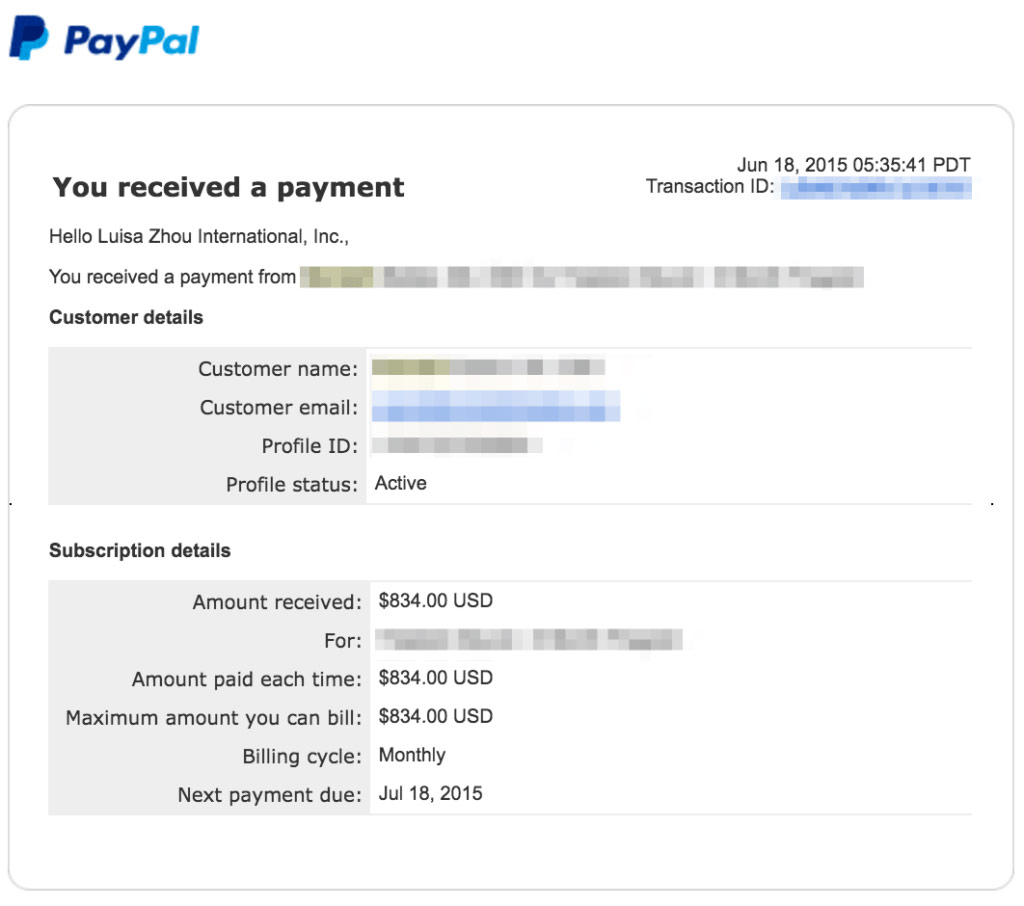
I didn’t need any voodoo or pushy tactics because I had built that relationship upfront. (As we’ll talk about later in this article, it was my first sales call so at the time, I was far from being super confident or “good” at selling.)
Consistently show up, get in front of people, and share value. That’s how you get them to want to work with you (without having to resort to boasting or empty promises, aka. scammy sales tactics).
And how do you get noticed by people?
I have a three-step system that my students use to get their first paying clients. I call this the “Taster Technique” and as the name says, it’s all about giving people a taster that prepares them for the main course (your offer).
This is how it works…

Want to Build a 6-Figure Coaching Business So You Can Achieve More Freedom?
Get Instant Access To My FREE Ultimate Guide Below!
When you sign up, you’ll also receive regular updates on building a successful online business.
Get in front of people
Start by finding your people where they hang out. They need to be YOUR audience. So if you’re a graphic designer, you wouldn’t find other graphic designers. Instead, you’d find places where your clients (for example, entrepreneurs) hang out.
(The reason? You will never have a great sales call with someone who isn’t in your audience. They simply won’t buy, no matter how good your sales skills are.)
When I started my first online business, a digital advertising consulting business, I found my clients in Facebook groups. These were groups for business owners (who, in my case, wanted to grow their businesses with Facebook ads).
Your clients could hang out on Facebook or somewhere else. Instagram, YouTube, or Reddit are just a few examples.
Go to the platform of your choice and look for groups or discussion threads by searching for relevant keywords (such as “career tips” if you’re a career coach or “health tips” if you’re a health coach).
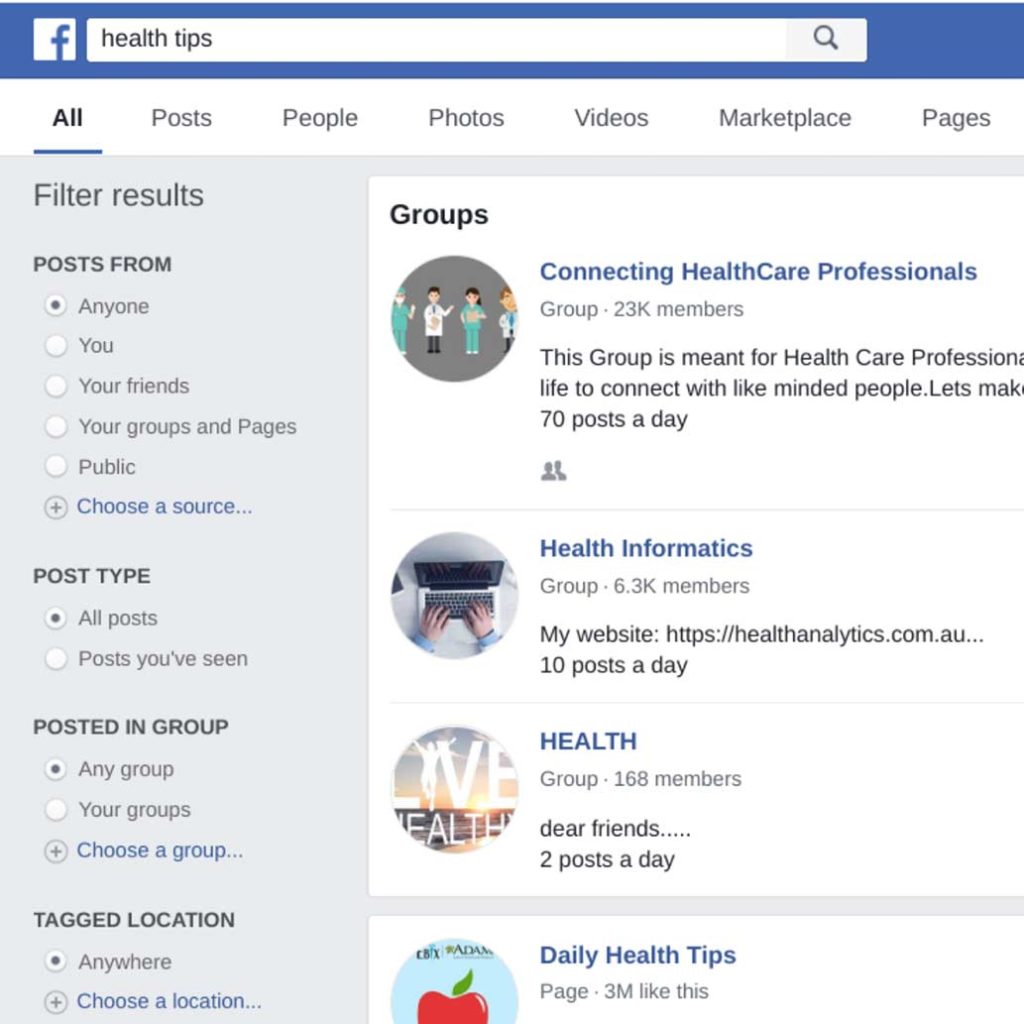
Share value
The next step is to share amazing value in these groups.
This can be…
Answering questions about your area of expertise.
Creating posts that people love to read. (Read my social media marketing guide here.)
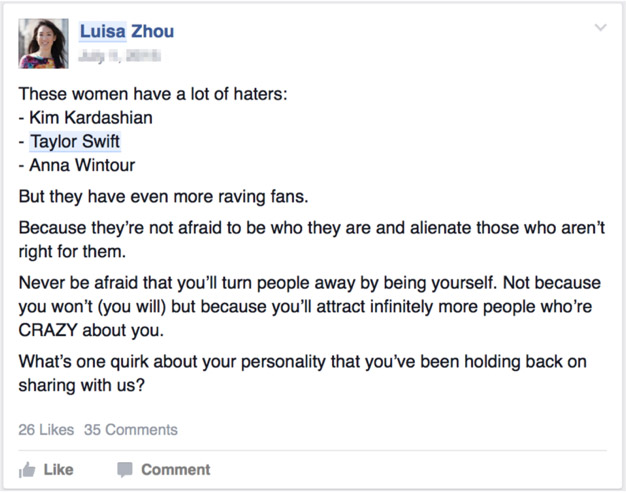
Creating live streams where you talk about people’s questions.
Offer a free coaching call
After you’ve spent a few weeks building that rapport with your audience, it’s time to move to the final step.
Offer a free coaching call (15-20 minutes). You can use Calendly, a free scheduling tool that lets people pick a time slot based on your calendar.
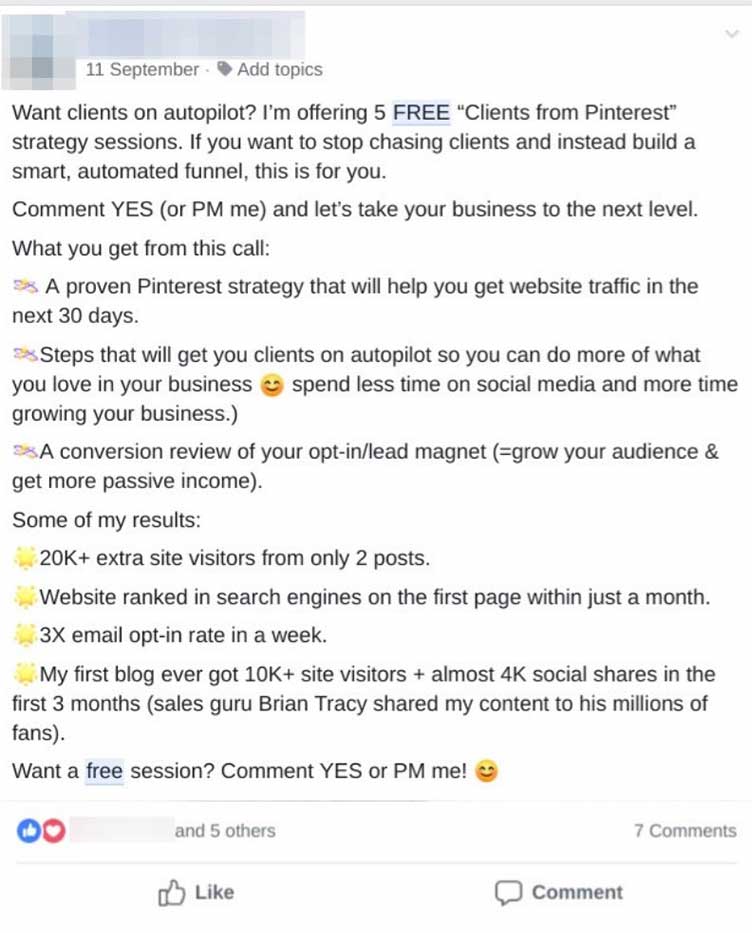
This is a no-strings-attached offer where you coach people to achieve one specific result.
At the end of the call, ask:
“Would you like to talk more about how we can work together?”
By now, people have gotten some extremely valuable advice so most of them will say yes.
And that’s where you transition into a discovery call.
Note, though, that a discovery call is NOT a free coaching call. Once you’ve made the transition, you stop giving any free coaching and focus solely on establishing if you are a good fit for each other.
If you consistently implement the Taster Technique, you won’t just get your first few clients. You’ll also start building a reputation so that people end up coming to you, instead of you chasing them.
And that’s when things get really fun…
Once you’re a bit further ahead and you have your own sales page for your services, you can start to include a questionnaire with qualifying questions. That way, you don’t waste your time on people who are clearly a bad fit.
In the questionnaire, you might ask them about their income (if your coaching is a high-ticket investment, they should be able to afford it without going broke) or what their expectations are.
By the time they have that sales conversation with you, they have practically sold themselves!
Step 2: How to hold a converting discovery call
The next step is to hold your discovery call.
I know, it feels like a big deal.
When I had my first ever discovery call (the client I told you about), I had no idea what a sales call looked like.
When she said, “Luisa, I’d like to work with you,” I actually had to ask her to give me a week to figure out my offer.
And even then, I had to wing it because I couldn’t find a template to use.
I wrote out, word for word, what I was going to say.
On the call itself, I was so nervous that I sweated bullets. My shirt was literally soaked. (Total introvert here!)
That just goes to show that we all start somewhere.
Fortunately, you don’t have to start from scratch. Instead, I’m sharing my discovery call template here below so that you don’t have to mess up your shirt or feel like you don’t know what you’re doing but instead, feel confident on your sales calls.
The only discovery call template you need
Today, I give my students a template to use on their sales calls. But note that it’s not a coaching discovery call script — and that’s very intentional. You see, what I’ve noticed is that when I share a script with my students, they don’t sound natural on the call or like they’re having a conversation.
That’s why I’ll walk you through this discovery call flow rather than specific words or phrases to use (but we’ll also look at some specific discovery call questions to ask).
But before you use this template, note that it’s important that you come up with language that sounds like YOU to avoid sounding like a robot or rehearsed.
This is the sales call flow to use:
First part: Understand where your client is coming from
The first thing I ask people I speak to on sales calls is this:
“What had you reaching out to me?”
Coaching is an intimate experience and I want to make sure that the person I’m speaking to understands this because otherwise, it will be difficult to work together.
Remember… It’s not just about them but also about you as the coach and service provider. You want to work with people who are the right fit.
I then go on to ask more about their challenges. I’ll ask questions like, “Why did you schedule this call?” and “What have you tried that hasn’t worked?”
What you’re looking for here is to first hear more about their problems so you understand how your services fit into the picture.
But you’re also asking them this so that you can see how committed they are and that they don’t expect you to do the work for them (which you shouldn’t because they’re hiring you as a coach, not a freelancer).
You can dig a bit deeper by asking, “Can you share a bit more? How long have you been doing this? Why don’t you think that it worked for you?”
Are people coming from a place of confidence? Or are they merely saying, “Nothing else has worked, so maybe this will”? (Because who wants to work for months with someone with that attitude?)
At this point, I’ll also share how my past experience can help clients succeed. I’ll say something like, “I’ve helped this and this many people and they got these results.”
Clients think, “Oh, she knows what she’s talking about” and that reassures them that I can help them achieve the result they want.
Second part: Establish expectations
Once you understand what problem your client wants to solve, it’s time to look at their expectations.
Why do they want to solve this problem? Why is it so important to solve it now?
And I’m talking about that REAL reason they want to work with you:
…Lose weight to look good and fit into the same pair of jeans they wore five years ago.
…Get a promotion to show their boss, co-workers, friends, and family that they can do it.
…Become a really good public speaker who people admire.
You’ll want to make sure that you can deliver that result. For example, if someone comes on a discovery call with me and says, “I’ve never built a business… I want to make $100,000 next month,” I’ll politely decline to work with that person.
I absolutely know I can’t help them achieve that and it would be a waste of my and their time to even try.
Quick tip:
When you’re asking these questions, note that you shouldn’t just ask a few questions and be done with it. The first and second parts should take 20-30 minutes, which means that you’re digging into what and why people want what they want.
Third part: Share your offer
Phase three is to map out the picture of what your client wants and show them how your offer helps them get it.
You can say:
“You shared that you want to lose weight in a healthy way. Let me share how I can help you get what you want.”
Then, you list what it looks like (“During our three months together, I help you lose 10 pounds. Month 1, you get A, month 2, you get B, and month 3, you get C. With my coaching, you will be able to fit into your old jeans again.”
Note what I didn’t tell you to say — to share the features of your offer. (The number of calls and PDFs people get or the support you provide.)
That’s secondary for your clients. Establish FIRST the benefits of your offer.
If, when you ask “Does that feel like a fit? Do you want to talk about the investment”, the person says yes, you move on to talking about the cost.
That’s where you quickly recap what you’re offering, what results they can get, within what amount of time and what the investment is. The point is to show that your coaching FAR exceeds the investment (which it should do).
Then, once you’ve shared the price, stay quiet. You can say, “That’s the investment, let me know how it feels.”
If they say “I’m in,” that’s where you go ahead and charge their credit card.
And if you’re wondering how coaching clients pay after a discovery call, I usually recommend Stripe or PayPal as a payment tool. You can simply ask for their card details ON the call and have it done with.
But if they say no for whatever reason, many of my new students will make a big mistake.
They’ll say, “Thanks for your time, bye!”
What they should do is dive into people’s objections.
You see, as humans, we have SO many fears. And those fears keep us from living the life we actually want.
We are afraid of what people will think. That something won’t work. That we will embarrass ourselves. That we’re not up for the task.
And it’s your job as the coach to surface these fears so that people can either say, “I’m not ready yet” OR realize that they have what it takes and happily sign on to work with you (and get that result they want).
That’s pretty much it.
As you can see, we don’t use any high-pressure sales tactics.
It’s all about helping your client figure out what they really want and then getting paid for helping them get it. (You offer value so you should get paid for it.)

Want to Build a 6-Figure Coaching Business So You Can Achieve More Freedom?
Get Instant Access To My FREE Ultimate Guide Below!
When you sign up, you’ll also receive regular updates on building a successful online business.
How to close sales
You might be thinking:
“That’s great, Luisa. But I always hear things like, “You’re too expensive” or “I have to ask my husband about it.” Then they go off and I never hear from them again… Even though I know I could help them get just what they want! How do I actually close a sale?”
Glad you asked. There are a few, common mistakes I see people make that keep them from making sales.
They are…
#1: Not stepping into the space of talking someone through an investment.
People who sign up for your calls want to work with you, period.
But sometimes they’re just a little bit scared to spend all that money. (Understandable! Stereotypical Asian upbringing here, not to mention that growing up my dad supported my mom, sister, and me on one middle-class income. I know how much resistance there can be to spending money.)
That’s where you come in — to help people understand the value of the investment.
If a potential client says, “I don’t think I can afford it,” don’t leave it just there.
Ask them:
“Are you open to talking more about it?”
If they agree, you can ask if paying for your program will affect their ability to pay their bills. If the answer is yes, go ahead and wrap up the call. (Because they should figure out their finances first before working with you.)
But if it’s no, you can say something along the lines of:
“What I’ve seen is that when someone says they can’t afford it, there’s usually something else going on.”
And here you stop and listen. It’s all about understanding where the person is coming from.
Do they see the value of your coaching?
Are they not confident in themselves?
Do they not have confidence in your ability to help them?
Whatever the reason is, talk it through from a place of trying to understand what they want and why, rather than trying to convince them to work with you.
I talk more about handling this objection here:
2) Not scheduling a follow-up call if someone says “I need time to think about it.”
Ever had someone say, “I need to think about it” on your sales calls?
It happens surprisingly often.
And here, you shouldn’t just say, “Let me know when you’ve made up your mind.” (Big no.)
You first need to dig into, are they just saying this to get off the call with you or do they believe it?
You can ask, “Hey, I totally get it. It’s a significant investment of time and finances and energy. So can you share a little bit more about what you need to think through?”
And if they really need to think about it, set up a new call. But first understand WHAT it is they need to think about because otherwise, it might just be one more fear that keeps them from getting what they truly want.
The best way to follow up on a coaching call is to schedule that call while you’re speaking. Create a calendar notice and ask your potential client to let you know if they can’t make it to respect your and their time.
3) Trying to sell features, not benefits.
Which of these options do you like better?
One: Jumping straight into, “You get this many calls and this many emails” or…
Two: “This is the result that we’re going to get together. You’re going to get my support so that we can do A, B, and C. You’re not going to be alone. And you’re going to get this, this and this, so that…”
Number two, right?
That’s because people aren’t buying a specific number of calls.
Honestly, they couldn’t care less about the calls you offer. Instead, they are buying the results you help them get.
And if you can explain your offer in this way, people will immediately get an “aha” because they see how much you can help them.
That’s how you sell on your discovery calls. But how do you stop feeling “icky” about sales? That’s what we’ll look at next.
Step 3: How to not feel “icky” on discovery calls
Now you know how to hold a sales call. Great!
But you still feel… icky.
Listen:
Yes, it’s scary to hop on a sales call.
But sales calls aren’t icky if done right.
It all comes down to your beliefs and the strategies you use.
Shift your beliefs about selling
You, like I, might have grown up with a skewed idea of what selling is.
My dad used to say, “Selling is not something we do.”
That’s what I thought about selling, that it wasn’t anything honest and hardworking people did.
But you know, thinking of a salesperson as a used car salesman is so wrong.
Because selling, if done with integrity, is about offering something people want.
You are NOT showing something down their throats — instead, you help them solve their problem.
And when you offer something of value, you should get paid.
If you go around offering things for free, that’s charity. It’s something you can do, too, but that’s not going to help you grow a business.
The thinking you want to adopt is:
“If I’m not selling I’m doing people a disservice.”
The thing is:
Even if someone doesn’t buy from you, you’ve helped them. You’ve helped them realize that maybe they weren’t so motivated to achieve their goal after all and they save time, energy, and money in the process.
And if you do end up selling to someone, you’ve helped them even more. They can finally achieve the result they want!
Build your confidence
To sell, you need to be confident in what you’re selling.
Being a confident seller is probably not something you’re born with.
I myself wasn’t the most confident person. Over the years, I’ve forced myself to develop this muscle, and it’s a big reason why I was able to grow my business so quickly starting out.
(And no, it hasn’t always been a smooth road for me. Once, at the beginning of my business, I had a sales call where a woman said to me, “I can’t hire you because you look like you’re twelve.” There were many situations like this, but you get the point… Not the most reassuring thing to hear when you’re juggling a brand new business.)
A big mistake I see my clients make is that they tell me, “I’ll feel confident once I get that first client.” What I tell them will happen, and what inevitably does happen, is that they get that first client, and then it starts all over…and I hear, “I’ll feel more confident after I get my next client.”
You need to start developing that muscle NOW, even before you have any clients at all (that’s how you GET clients).
Be confident in the value you can provide, in the inevitability of your first or next client (while taking action of course — not just sitting there waiting for them to find you!).
Not only will sales feel so much better to you (and not salesy at all), but you’ll also attract your first or next dream client so much faster.
Sales calls aren’t sleazy
When you think about “sleazy” sales calls, you probably imagine someone who’s trying to trick you into buying something you don’t really want.
That’s not what selling is. Selling is about finding a mutually good fit (a win-win situation).
And here’s the thing:
Sales calls can be fun if you see yourself as the expert who’s coaching someone who WANTS the results you can help them with to either make or not make that investment.
And that means: Act with integrity.
For example, you find out that the person you’re talking to is scared of the investment because they have no money in the bank.
Other coaches might say, “Tell them to invest in you because they need to believe in themselves to get the results…”
That’s absolutely not the case.
Never come from a place of fear-mongering or saying, “Your life will suck without this.”
That’s NOT a good discovery call.
Instead, discovery calls are ALL about finding those perfect fits for your program who you can help achieve results. Saying “no” to the wrong fit is just a part of the process. And along the way, you build a business you truly enjoy and that lets you have a remarkable impact.
Want more coaching resources?
That’s how you hold a great coaching discovery call. Want more resources to build your coaching business? Here are my coaching business guides to help you set up your own business and quit your 9-5:
How to Start a 6-Figure Coaching Business
With your coaching business, you probably want to have a real impact. In this guide, you learn what it takes to build a 6+-figure coaching business (while in your day job).
How to Find a High-Ticket Coaching Niche
Think it’s hard to find a coaching niche? Think again — this guide shows you how, along with 100 high-ticket niches.
The Online Coaching Business Model
To build a coaching business, you need the right business model. Here, I share the perfect coaching business model to help you get started.
How to Create a Coaching Contract
The first step (before you start working with clients) is to set up a coaching contract. Together with legal coach Lisa Fraley, I explain how in this guide!
How to Sell High-End Coaching Packages
What does a high-end coaching package look like? Read the guide here!
Pricing your coaching services can feel difficult. What’s too high? Too low? Here’s how to think about pricing.
How to Hold a Great One-On-One Coaching Session
Want to help your clients get those big breakthroughs? Want loyal clients who can’t wait to sign up with you again and again? Here’s how to hold great coaching sessions.
Over to you!
There you have it. Now you know how to hold a GREAT discovery call that doesn’t feel icky or salesy.
Just one more thing left to do… Implement what you’ve learned! If you have no sales calls lined up just yet, start using the Taster Technique to get them. And if you’ve already booked a discovery call, use the strategies I share here to get your next paying client.
Want to learn more about how to build your own coaching business?
Get my free blueprint here:

Want to Build a 6-Figure Coaching Business So You Can Achieve More Freedom?
Get Instant Access To My FREE Ultimate Guide Below!
When you sign up, you’ll also receive regular updates on building a successful online business.





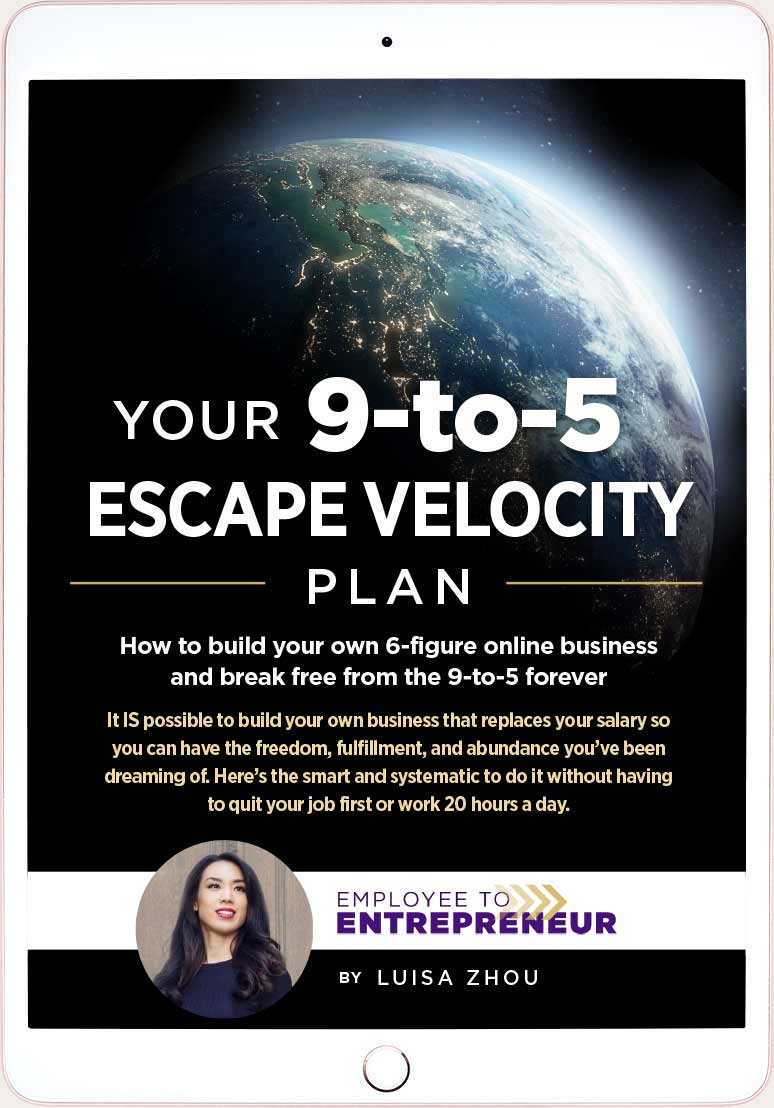



One Response
Thanks so much – this was a great article and really valuable advice